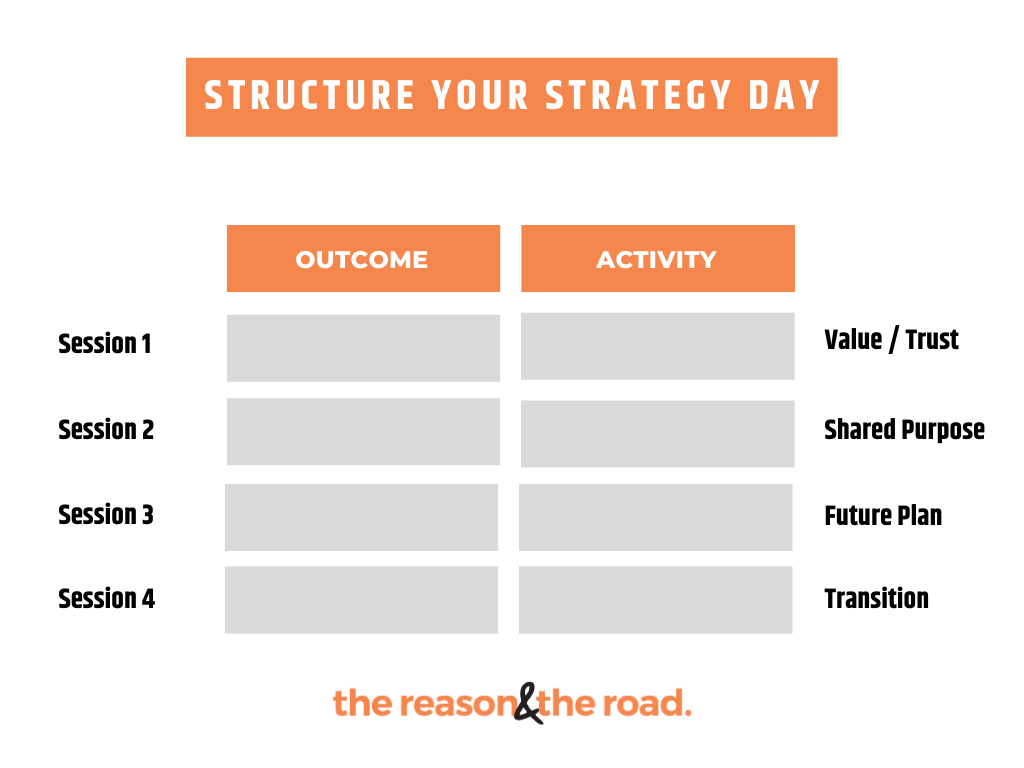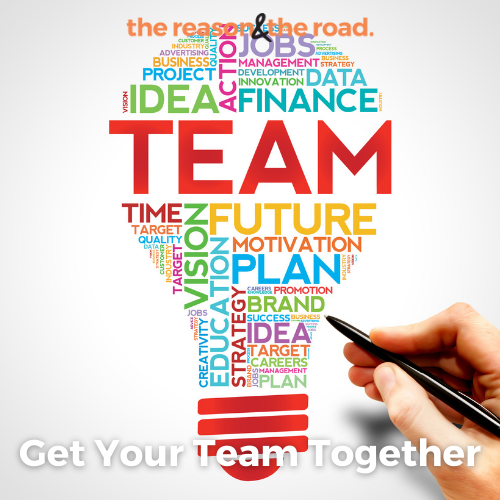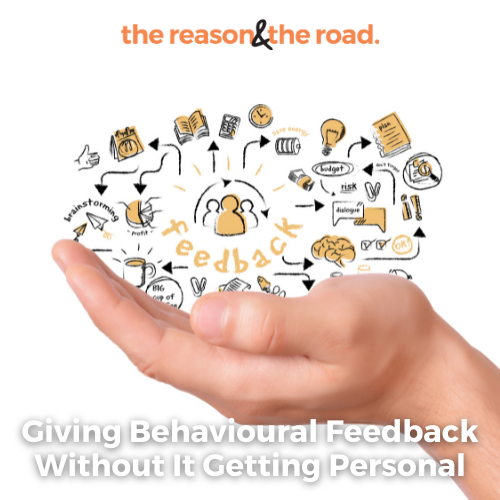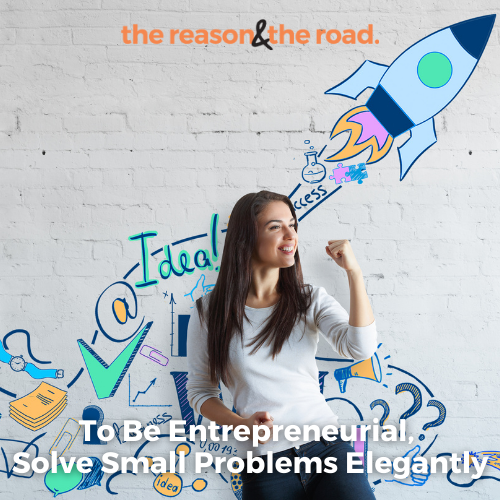
How To Setup Your Team With Clarity
February 10, 2020
How To Get A Variety Of People To Speak Up In Meetings
February 25, 2020I’ve done over the years I’ve probably done about thirty, twenty, forty of these with leadership teams. Why typically they do them? Because the CEO, HR Director sees that there’s usually an opportunity for the team to work better together and or they don’t have a shared vision or goal for the organisation over a particular time period.
Challenges
Now I see three challenges or problems that play out when this goes wrong.
- The first one is that they get the clarity in teamwork purpose at a balance, so what you want to work out with your team is the purpose to see which is they want a really clear plan over a particular time period. So is the output they want substance or is the output they want teamwork? To actually work better together and getting really clear on what the balance of those two is the first problem.
- The second problem is that nothing happens afterwards. So the output is too vague and because the output is vague and we want to be broad like in three years we want to be the biggest and best. Nothing happens afterwards and so everyone spends all this money, facilitators and getting outside, staying and team building but nothing happens as a result. I’m not saying it’s a waste of time but I do think that part of the expectation is that this is useful.
- And the third is delivery isn’t customised to either the location or the audience. These are the three problems that I have to address in the way I run these things.
Framework
The first framework I’m going to talk about is what you should do beforehand. So what should you do beforehand? Three things you need to understand – Business, Audience and Event.
I’ve spent an hour with the CEO, and then I spend another hour with either the leadership team or a sample leadership team. Sometimes that second hour is half an hour depending on the ability but the goal is to ask them around three things :
- What’s the business reason for this offsite, what’s the business path?
- Who is the audience and what do they want from the day or for the two days or however long it is?
- In terms of the event, what are the logistics? What’s the timing, when’s everyone going to arrive, what’s happening before and after? Is there dinner, all those stuff because it’s all relevant.
In terms of the event, what are the logistics? What’s the timing, when’s everyone going to arrive, what’s happening before and after? Is there a dinner, all those stuff because it’s all relevant. So, I’ve built myself a capture form. I basically got your business, and these are the type of things that I asked them about. The audience, how many people in the offsite, what levels of the organisation, how the team is feeling right now and then finally the event.
So what I do with those three pieces of information I email them directly to the client because the form is set up to do that. That’s the really important process for you too is you want to confirm those needs in those three areas with your client and make sure you got them right.
Outcomes
This is how you structure the day and you can capture those needs and then what you want to get is what are the four outcomes they want.

In my mind, typically before the outcome:
- They want to increase value and trust between team members
- They want to develop a shared purpose which is something they all want around beyond their own individual work.
- They want to develop a shared purpose which is something they all want around beyond their own individual work.
- And want to do some future planning on a specific time frame around what the business will look like which is in response to what’s going on in their external environment.
- Fourth is they want to transition what they can within their day-to-day. So you avoid that nothing happens.
So what I do is I basically, if it is a day or two days, I think of each day as 4 2-hour chunks. Morning tea, Morning tea to lunch, Lunch to afternoon tea, afternoon tea to finish. So if you think each one of these 2 hour chunks, each one of them wants to have an outcome. And what you do is you take the outcomes that they want and you sequence them through the day and you put a series of activities beside them.
To give you an example is my shared purpose outcome, what I want to point at is everyone to understand that there’s something you’re not everyone together but not beyond their individual accountabilities. The second is I want them to buyin to that.
So I ran an exercise called Outside In exercise where we come from their stakeholders back and we look at what are the three, four specific things that they need to respond to in their external environment that they need to do together. There are two separate activities there, one is about aligning them and finding out what it is. Second is about engaging them in there. Each 2 hour chunk needs to have an outcome or two and a series of activities. And that’s how I chunk out either the day or two days, or a day and a half, whatever it is.
Now, just a little bit of how you sequence those, I’ve always had the firm belief that you’re better to go from getting the big picture first and then doing the planning. If you go really into the nuts and bolts of the details, this sort of future planning stuff first, often people don’t buyin. So it’s better to go to the big picture stuff first in terms of how you sequence. Third is the customising of the activities, so when you got these here, how do you then customise them in delivery so that they feel relatable to the audience?
Things to Think About
Adjust your audience size. So if you’ve got activity, you got 20-30 people, I would adjust it so that your planning exercises are down in groups of 4, 6 to 8 or whatever is relevant. And you get those people going outside and using the location you’re at. If you are in a beautiful location, use it, get out there and enjoy it.
The other question I asked a lot is about flexibility and agenda. So what extent should I switch what I’m doing at the moment because someone says something you think is important. The way I answer that is this – in the end, you’re responsible for the outcomes, so if you make a decision to do something, change something, they are going to make you accountable for the result of the day. Whether you’re an internal person or an external person, so you got to be experienced enough to know that the change you’re making is gonna get the results that you want the outcome that you run over here better than the one you’ve already got a plan. And if you can do that, flex away, but remember that you are accountable for that.
I’ve become good over time of reading and understanding what people want and then sequencing into a day, two days and a half that where people have a great time and they achieve and do some good work and I think that’s the goal. It’s about getting that balance right between clarity, getting substance and helping their team bond, into team building. It’s about keeping in your mind, it’s what happens afterwards that matters. What happens on the two days is gonna be good but it’s going to lead to something afterwards. And the third is to make sure that they don’t feel like it’s a prefab thing that you do all the time by customising their delivery so that it feels relatable and fun.
Leave me a comment or Get in Touch
Hopefully, that’s been useful. That’s how I think about running a strategy day for a leadership team. If this resonates with you and you’re looking on running a strategy day, send me a message and I’ll let you know what happens next.




